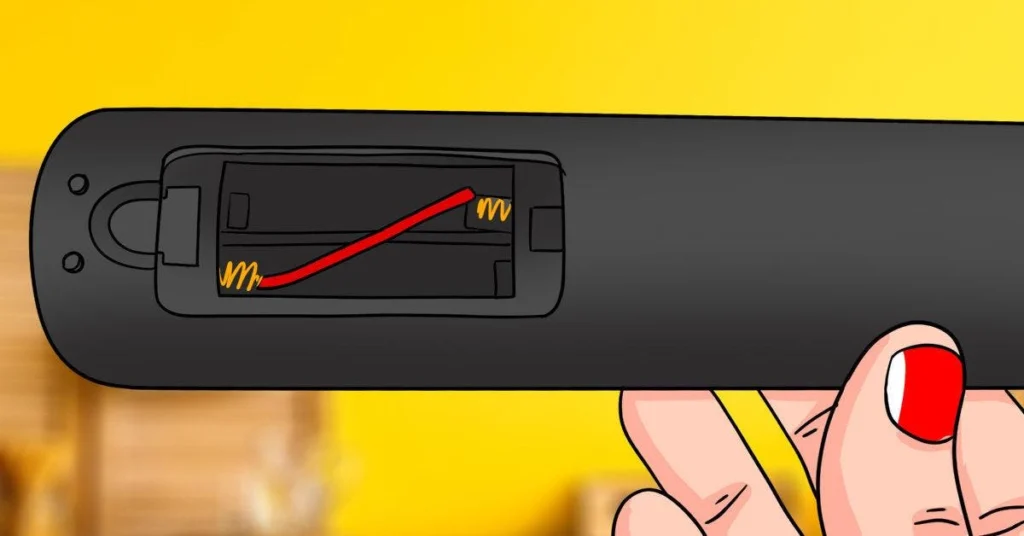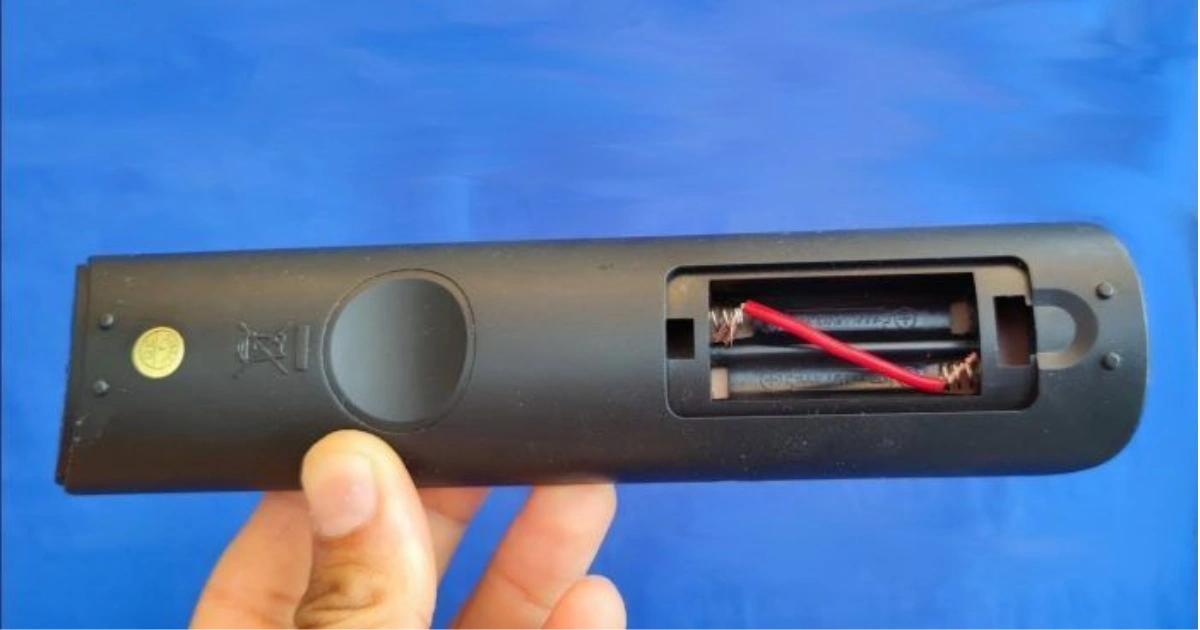Introduction
Remote controls are ubiquitous in modern life, yet their reliance on disposable batteries contributes to environmental waste and frequent replacements. Imagine striking your couch, only to realize the batteries are dead—again. But what if your remote could run without batteries at all, or at least with rechargeable or solar power?
In this guide, we’ll walk you through three innovative but practical solutions: internal rewiring for an external power source, using rechargeable batteries, or investing in solar- or USB-rechargeable remotes. You’ll learn step-by-step instructions, discover common pitfalls, and explore why these approaches can save you money and reduce waste—all while keeping your cozy afternoon binge-watch interruption-free.
Why Remotes Run Out Fast
Most remotes rely on alkaline batteries that drain quickly due to constant infrared emissions and standby power. Frequent powering requires replacing batteries often—typically every few weeks or months depending on use.
The cycle creates:
- Disposable battery waste
- Repeated costs
- Annoying power failures mid-use
A shift to battery-free alternatives can break this cycle, offering consistent performance and eco-friendly benefits.
Method 1: Internal Rewiring with External Power 💡
This advanced method transforms your remote into a plug-in device, ideal if you have soldering experience.
What You’ll Need:
- Precision screwdriver set
- Soldering iron + solder wire
- Thin insulated wires (~1mm)
- External power adaptor (e.g. 5 V USB)
- Heat shrink tubing
Step-by-Step Process:
- Open the remote with careful dressing; remove batteries.
- Locate battery contacts—typically spring and flat plates.
- Mark + (positive) and – (negative) terminals.
- Cut wires to length and strip ends carefully.
- Solder wires to respective contacts—don’t overheat.
- Insulate connections with shrink tubing.
- Route wires neatly out of a vent or small drilled hole at the back.
- Connect to external power supply (USB or 5 V DC).
- Test by powering on; remote should function continuously.
⚠️ Note: This method voids warranties and risks component damage. Ideal for older or spare remotes.

Method 2: Rechargeable Batteries ♻️
A simpler and safer alternative—use AA/AAA NiMH rechargeable batteries.
Why Go Rechargeable?
- Lower long-term cost
- Fewer disposable batteries
- Common in sustainable homes
Tips for Smart Use:
- Choose quality cells with 2000–2500 mAh capacity.
- Invest in a smart charger with overcharge protection.
- Use energy-efficient modes on remotes where available.
- Store extra charged cells for easy replacement.
Rechargeables cut down on waste and avoid DIY risks while offering convenience.
Method 3: Solar or USB Rechargeable Remotes 🌞
A growing number of remotes now incorporate solar panels, USB-C charging, or even wireless inductive recharging.
Benefits:
- Zero battery swaps
- Compact internal rechargeable batteries
- Eco-friendly harvesting of ambient light
Things to Consider:
- Initial investment is higher but costs drop over time
- Light exposure matters—keep in bright rooms
- Compatibility must match your TV or device
These remotes often mirror traditional models in feel and function, making them easy transitions.
Common Mistakes & How to Avoid Them
| Mistake | Impact | Fix |
|---|---|---|
| Overheating during soldering | Melts plastic or loose contacts | Use low wattage, quick swipes |
| Wrong polarity wiring | Device failure or short | Double-check polarity (+/–) before soldering |
| Thin or poor-quality wire | Frequent failures | Use at least 1 mm insulated wire |
| Not using smart chargers | Battery leakage and damage | Opt for NiMH smart chargers |
| Installing solar remotes in dark rooms | Poor charge retention | Keep near windows or under lights |
Benefits of Remote Control Without Batteries
- Cost Savings—no more battery packs
- Environmental Impact—less landfill waste
- Convenience—never run out of power mid-show
- Longevity—better for device lifespan
- Tech Satisfaction—DIY fun or eco-friendly purchase adds home value
Seasonal & Regional Tips
- In sunny regions, solar remotes flourish; indoor light can suffice with frequent use.
- In dimmer climates or winter, rely more on USB or rechargeable batteries.
- For travel, bring a USB power bank or spare rechargeables—no need for disposable cells abroad.
Tools & Materials Checklist 🛠
- 🛠 Precision screwdriver
- 🧰 Soldering iron + solder
- 🔌 USB power adaptor or 5 V DC wall wart
- 🔋 AA/AAA NiMH batteries + smart charger
- ☀ Solar-rechargeable remote
- 📌 Insulated wire and heat shrink tubing
FAQs
Q: Can I power a remote without batteries?
Yes—by rewiring it to plug into a USB or DC power source. Requires basic soldering.
Q: Are rechargeable batteries really eco‑friendly?
Yes—NiMH types can be reused hundreds of times, reducing waste significantly.
Q: Will solar remotes work indoors?
They do, but consistent light exposure is needed for reliable performance.
Q: Can soldering ruin my remote?
It can if done poorly, so avoid overheating and use correct tools.
Q: What’s safer: built-in rechargeables or DIY?
Built-in solar/USB models are safest; DIY is best for hobbyists who want to repurpose old remotes.
Conclusion
Whether you’re a tech tinkerer or eco-conscious consumer, shifting away from disposable batteries offers savings, sustainability, and innovation. You can choose to retrofit an old remote with external power, switch to rechargeable cells, or upgrade to a modern solar-powered model.
Ready to make your remote greener? Share your success or ideas below—and if this guide inspired you, pass it on to fellow watchers who hate dead remotes too! 🚀🌱


amoxil price – combamoxi.com amoxicillin pills
diflucan tablet – https://gpdifluca.com/# purchase forcan online cheap
cenforce order – cenforcers.com purchase cenforce online
cialis generic – cialis ontario no prescription canadian no prescription pharmacy cialis Este enlace se abrirГЎ en una ventana nueva
teva generic cialis – this cialis canada over the counter
sildenafil 50 mg price – site viagra buy japan
This is the amicable of content I take advantage of reading. buy zithromax medication
The thoroughness in this piece is noteworthy. este sitio
Thanks recompense sharing. It’s first quality. https://ursxdol.com/cialis-tadalafil-20/
This is the amicable of glad I get high on reading. https://prohnrg.com/product/omeprazole-20-mg/
The vividness in this tune is exceptional. https://aranitidine.com/fr/acheter-cenforce/
This is a theme which is forthcoming to my fundamentals… Many thanks! Exactly where can I notice the acquaintance details for questions? https://ondactone.com/simvastatin/
With thanks. Loads of expertise!
https://proisotrepl.com/product/tetracycline/
More articles like this would pretence of the blogosphere richer. http://iawbs.com/home.php?mod=space&uid=914826
dapagliflozin usa – on this site pill forxiga
order xenical – buy generic xenical online orlistat 120mg oral
With thanks. Loads of erudition! https://lzdsxxb.com/home.php?mod=space&uid=5112916
You can conserve yourself and your stock close being heedful when buying panacea online. Some druggist’s websites manipulate legally and sell convenience, privacy, cost savings and safeguards as a replacement for purchasing medicines. buy in TerbinaPharmacy https://terbinafines.com/product/lamisil.html lamisil
More posts like this would create the online play more useful. TerbinaPharmacy
636518 68944quite good post, i undoubtedly adore this outstanding site, carry on it 635290
https://t.me/s/beEFcASiNO_oFfIcIAls